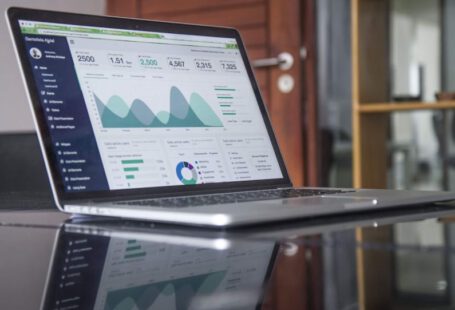In today’s fast-evolving work environment, the traditional office dress code is undergoing a significant transformation. Gone are the days of strict suits and ties being the norm; instead, companies are embracing a more casual and flexible approach to workplace attire. With this shift comes a new set of rules that employees need to navigate to ensure they are dressing appropriately while still expressing their individual style. Let’s delve into the new rules of office dress codes and how you can strike the perfect balance between professionalism and personal flair.
The Rise of Casual Dress Codes
The rise of casual dress codes in the workplace has been a welcome change for many employees. Companies are recognizing that a relaxed dress code can boost morale, improve employee satisfaction, and even increase productivity. Dressing comfortably can help employees feel more at ease and confident, leading to a more positive work environment.
However, it’s essential to remember that casual doesn’t mean sloppy. While you may not need to wear a full suit every day, it’s still important to present yourself in a polished and put-together manner. Opt for smart casual attire that strikes a balance between professionalism and comfort. This could include tailored separates, button-down shirts, blouses, and well-fitted trousers or skirts.
Personal Style vs. Professionalism
One of the key challenges of navigating the new office dress codes is finding the right balance between personal style and professionalism. While it’s essential to express your individuality through your attire, it’s equally important to ensure that your outfit is appropriate for the workplace.
When incorporating your personal style into your work wardrobe, consider subtle ways to add flair without overshadowing professionalism. This could be through statement accessories, pops of color, or unique textures or patterns. Experiment with different combinations to find a look that reflects your personality while still adhering to the company’s dress code guidelines.
Dressing for Success in a Hybrid Work Environment
With the rise of remote work and hybrid work models, the lines between office attire and home attire have become increasingly blurred. Many employees find themselves transitioning between virtual meetings and in-person office days, requiring a versatile wardrobe that can adapt to different settings.
When dressing for a hybrid work environment, opt for pieces that are comfortable, versatile, and easy to mix and match. Consider investing in a capsule wardrobe of essential pieces that can be dressed up or down depending on the occasion. This could include classic blazers, tailored trousers, versatile dresses, and comfortable yet polished footwear.
The Impact of Sustainability on Office Dress Codes
As the focus on sustainability and ethical fashion continues to grow, many employees are reevaluating their approach to office attire. Sustainable fashion encompasses not only the materials and production processes of clothing but also the longevity and versatility of garments.
When updating your work wardrobe, consider investing in timeless pieces that are well-made and durable. Opt for high-quality fabrics and classic silhouettes that will stand the test of time and can be styled in multiple ways. By prioritizing sustainability in your office attire, you can contribute to a more eco-friendly and conscious workplace culture.
Adapting to Changing Norms
In conclusion, the new rules of office dress codes emphasize a blend of professionalism, personal style, comfort, and sustainability. As workplace attire continues to evolve, it’s essential for employees to adapt to changing norms while staying true to their individuality. By striking the right balance between traditional professionalism and modern trends, you can dress for success in the dynamic landscape of today’s work environment.





